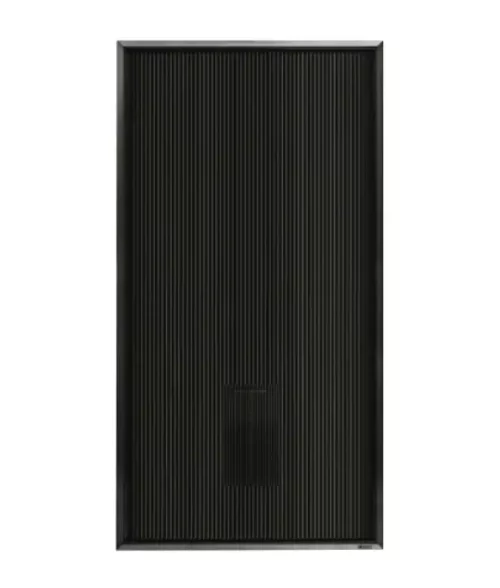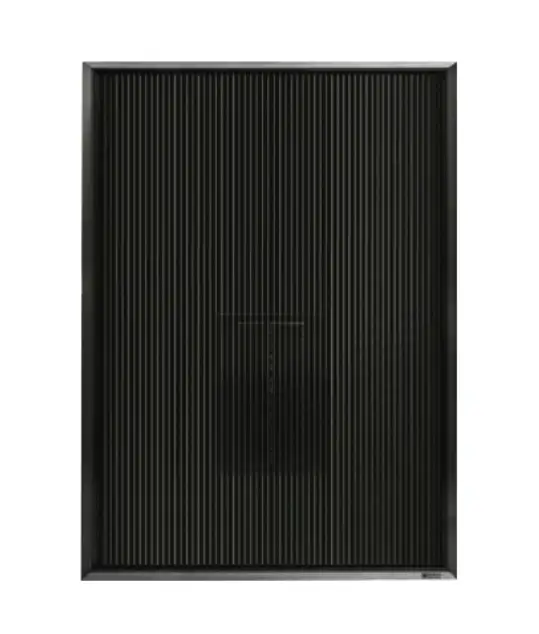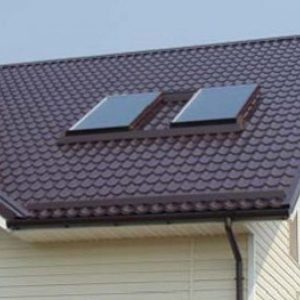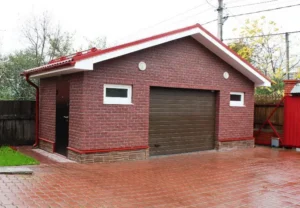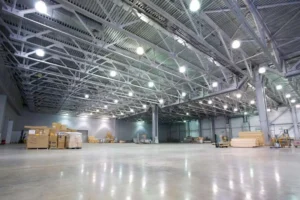Differences in a vacuum and flat collectors
The existence of different types of helio panels requires a deep analysis of each of them in order to choose an option that mostly meets the needs of the buyer. The differences in a vacuum and flat collectors as the main types of devices for the use of solar energy are of greatest interest.
What is the difference between vacuum and flat collectors?
Each type of equipment for the use of the energy of the Sun was created to solve specific problems and in this regard, it received quite definite characteristics.
Vacuum collectors have a significant capacity of work exceeding such for flat models since they are able to absorb radiation even from the rear surface of the tubes. They perfectly cope with their task in conditions of work with multiple solar radiations and therefore are indispensable in regions with an insufficient degree of insolation and a long winter period, when the activity of the sun is relatively low.
The pluses of tubular vacuum models can also be attributed:
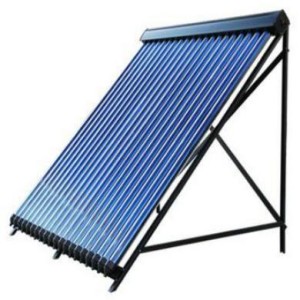
- A slight volume of thermal losses, this advantage provides the properties of a vacuum;
- a long total operating time throughout the day;
- the ability to generate high temperatures;
- the simplicity of the installation of individual elements of the system without direct contact with the coolant, which allows hot replacement of the tubes in case of damage;
- lack of creating obstacles to air passing and low sailing of products;
- The presence of a distance between the details also minimizes the need of the device to clean from snow and other kinds, which pose a threat to its integrity and performance.
The high efficiency of vacuum collectors provides saving on water heating up to 70% of energy from other sources. However, the same figure is achievable when using flat models under optimal external operating conditions.
Flat-type collectors provide the highest performance indicators in the warm seasons of the year when the sun is most active. Among their advantages are:
- the use of the technology of the soldering method for the production of products that exclude the use of rivets, screw connections and sealing materials that over time lose their properties;
- the use of selective absorption coating to increase the performance indicators of functioning;
- simple and quick installation, implying the possibility of parallel or consistent connection;
- independent cleaning of snow and other pollution and the lack of need for regular maintenance of equipment;
- the durability of materials used for the assembly of products;
- The possibility of installing devices at any required angle, unlike vacuum tubular collectors, for the installation of which the working angle of inclination should be at least 20º.
- The relatively low project cost.
Features of TOPLA KUĆA air collectors
A feature of air collectors is the use of air as a coolant.It enters the unit through the input holes by natural convection, and the fan pumps it after warming up the premises.
Air collectors belong to a flat type, are simple in design, reliable and do not require significant expenses of financial resources for arranging ventilation and heating systems.The heat exchanger is not needed for the operation of devices of this variety, since the air, unlike liquid coolants, does not freeze.
The differences in the vacuum and flat collectors and the disadvantages of the second option, in this case, are leveled by the use of a fundamentally different heat carrier. The cost of devices can be additionally reduced by means of their full-fledged built -in in walls and roofs of the buildings. The creation of power structures for heating and ventilation based on finished elements and the integration of helio panels into any available engineering system is also possible.
Watch the catalog of solar collectors

